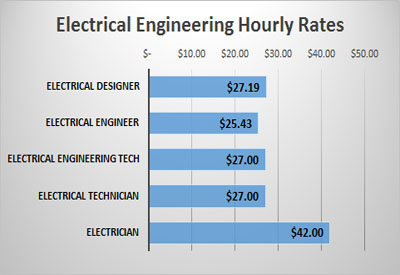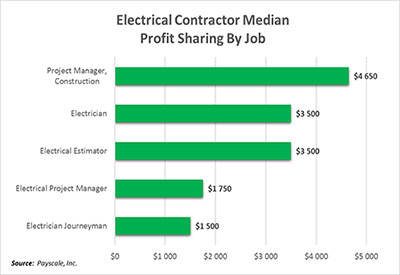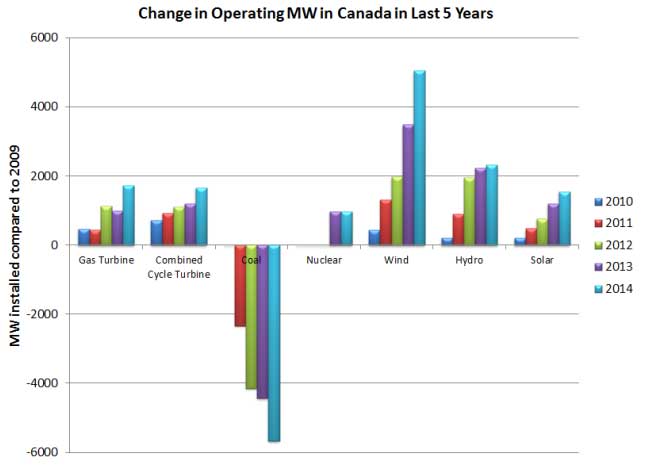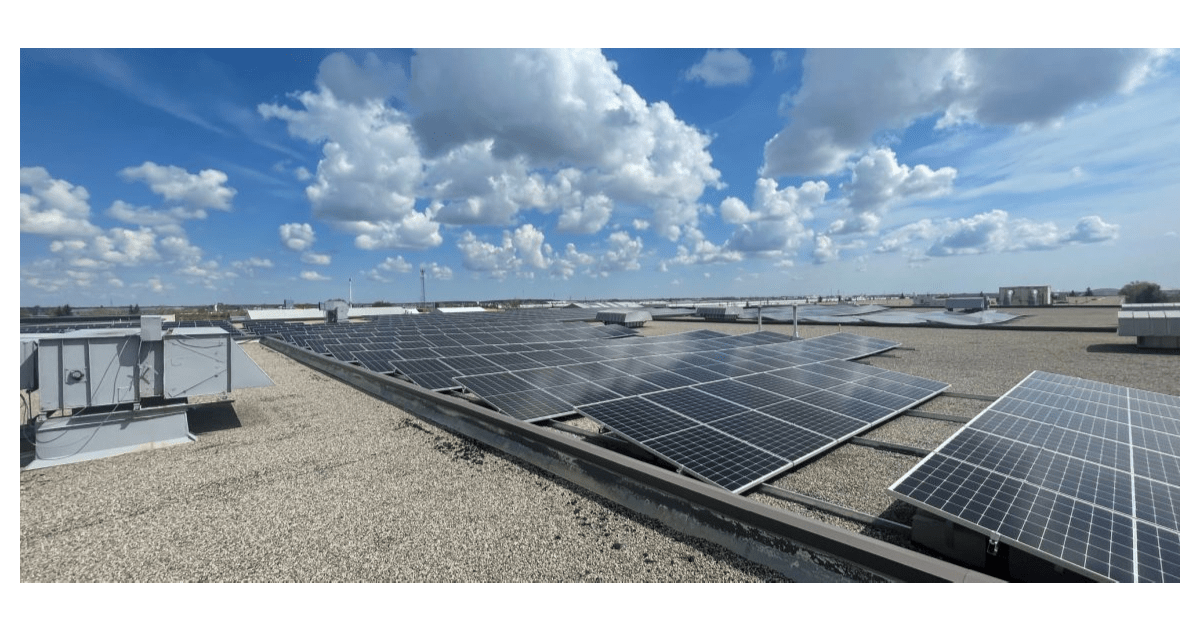PoE Lighting Revenue Forecast to Increase 1100% by 2026

January 9, 2017
Since Power over Ethernet (PoE) lighting is in its infancy, there is still skepticism about using PoE technology for lighting. The success of PoE technology for other use cases, such as phone systems, has not translated into widespread acceptance for the lighting market. However, a Navigant research report forecasts that global revenue for PoE lighting will grow from an estimated US$35.8 million in 2016 to US$419.9 million in 2025.
A number of companies have realized the potential of PoE lighting. Partnerships have formed between technology companies and lighting manufacturers to further advance PoE lighting offerings and further integrate all building systems.
How it works
Power over Ethernet (PoE) uses Ethernet cable networks to transmit power and data through one cable. Ethernet is a tested and trusted solution for transmitting data and low-voltage direct current (DC) power for everything from phone systems to cameras. PoE LED lights use the DC power from the Ethernet cable and eliminate the regularly required alternating current (AC) to DC conversion within each luminaire. As a result, less power is lost, making PoE lighting more energy efficient.
About the research report
Navigant’ report, DC Low-Voltage Power, LED Lighting, and Connected Lighting Systems: Global Market Analysis and Forecasts, examines the global market for PoE lighting. The study provides an analysis of market issues, including drivers and barriers, codes and standards, and regional trends, related to PoE lighting.
Global forecasts for PoE lighting system revenue, segmented by building type and region, extend through 2025. The report also examines the key technologies related to PoE lighting, such as LEDs, networked lighting systems, and DC power, as well as the competitive landscape.
Find out more about the report: https://www.navigantresearch.com/research/power-over-ethernet-lighting.










![Guide to the Canadian Electrical Code, Part 1[i] – A Road Map: Section 38](https://electricalindustry.ca/wp-content/uploads/2022/11/Guide-CE-Code-2.png)






